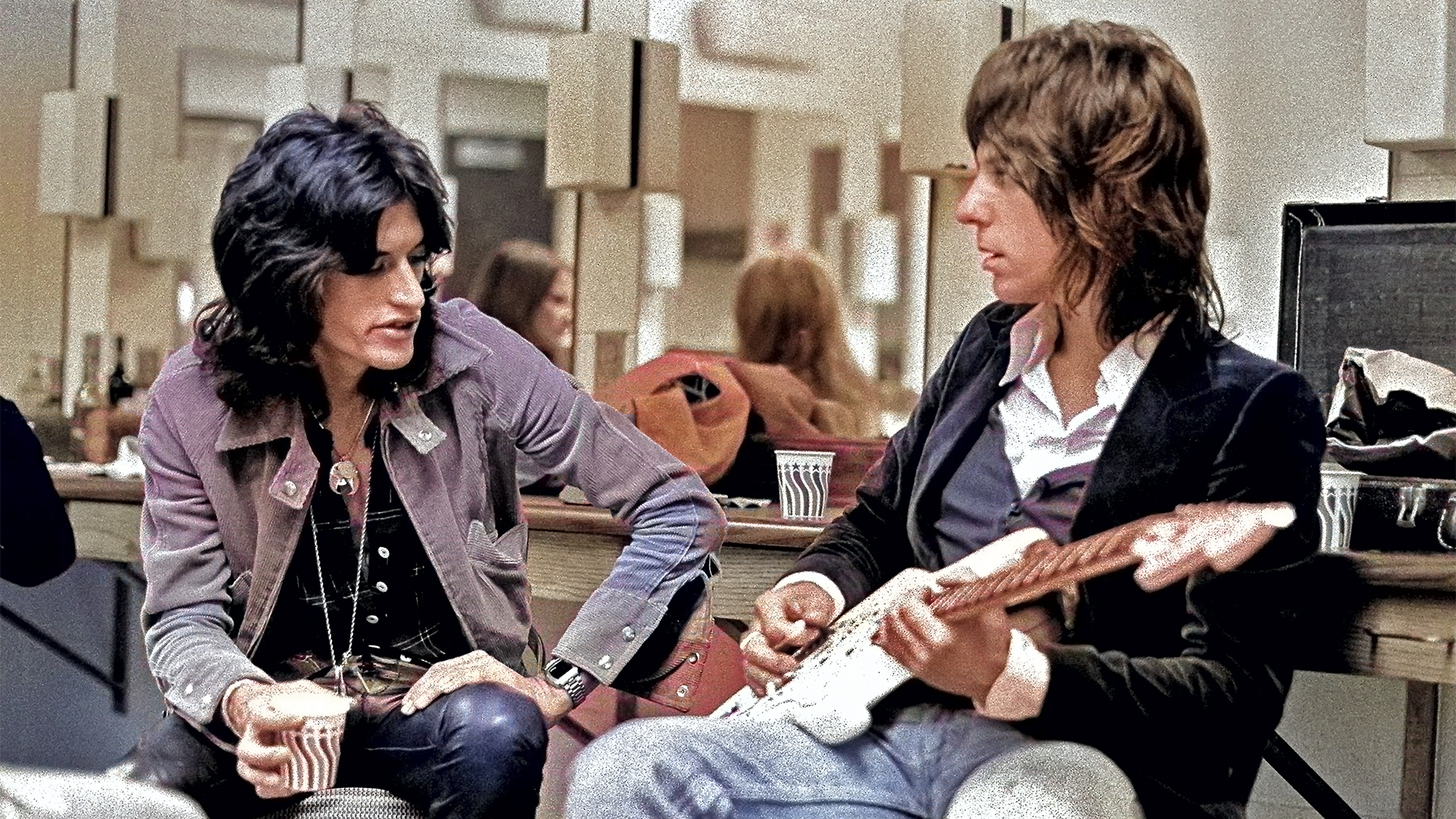“I raided every music store in the country looking for old Gibson SGs.” Pete Townshend on his desperate search for the guitar behind the Who’s status as rock legends
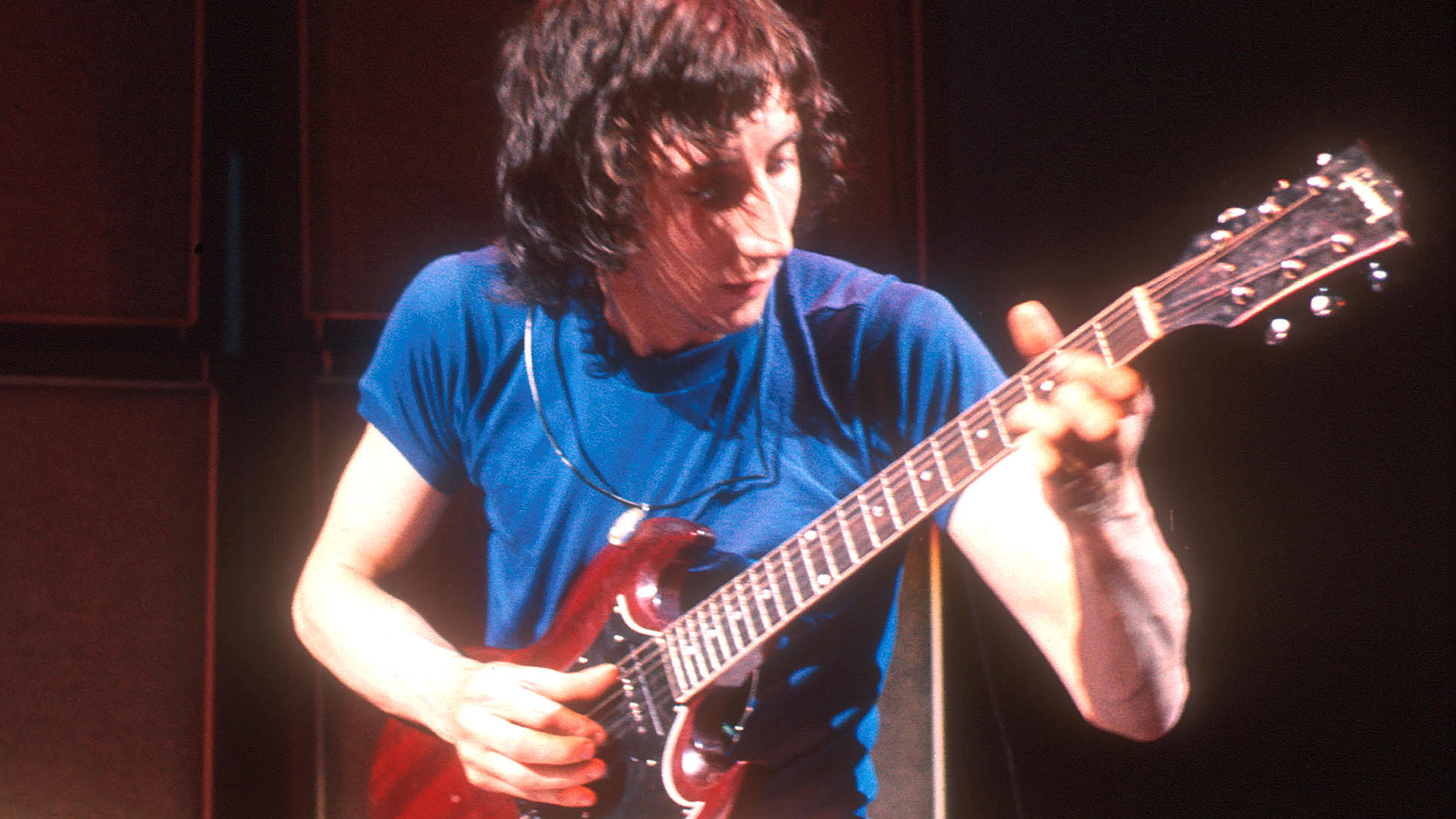
One of the the early 1970s’ most iconic rock images is of Pete Townshend in a white jumpsuit playing a cherry-red Gibson SG Special. The Who were rock’s newly christened gods in 1970, thanks to the success of Tommy, which brought them widespread acclaim and a reputation as one of the greatest live acts of the day.
Rock concerts had been growing both in size and audio-visual sophistication since the Rolling Stones’ 1969 U.S. tour. The Who proved themselves capable of filling the larger venues and generating both the volume and visual excitement required.
While Townshend’s habit of trashing his electric guitars was a frequent highlight of the Who’s stage shows, what’s often overlooked is the sheer physicality he brought to his performance on the instrument. From his windmilling right arm to his incredible stage leaps, Townshend made guitar playing an acrobatic workout.
Along with it, between 1968 and 1972, he developed an entirely new style of playing after he became enamored of the Gibson SG Special. Although the model was introduced in 1961, when Townshend adopted it in 1968 he preferred models made from 1966 onward, with a narrower nut width, larger batwing pickguard, and the neck join at the 19th fret rather than 22nd fret as on the earlier guitars.
While it’s often thought Townshend liked the SG Special because it broke easily, with wood-splintering results, he was actually drawn to its lightweight and somewhat pliant design. With 22 frets, the guitar could be easily flexed, particularly by a someone with as physical a playing style as Townshend.
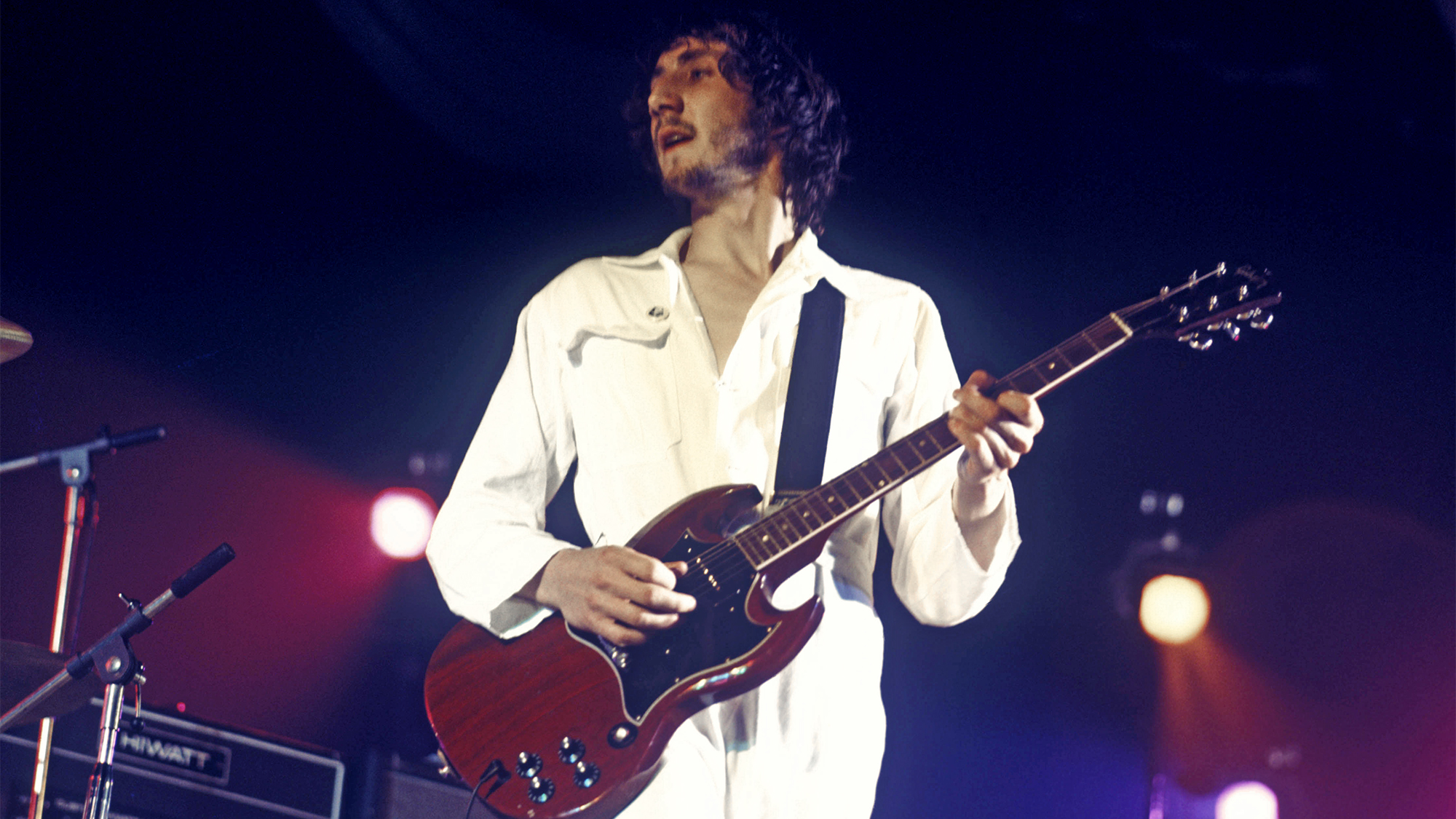
“I got into this thing also of temper tuning the guitar,” by tuning the third string slightly flat and “pulling back slightly on the guitar all the time to bring it into pitch,” he told Sound International in a 1980 interview.
He found the tuning could also be modulated by grabbing the guitar and giving it a good jostling.
All the latest guitar news, interviews, lessons, reviews, deals and more, direct to your inbox!
“That’s when I started to develop that technique, because you didn’t need a tremolo arm. You could do it by just shaking the guitar.”
His choice of heavy strings added a bit of fight to the execution, and possibly better pitch stability — although that’s debatable given Townshend’s rough handling.
“I’ve never used light-gauge strings. I’ve always used heavy strings,” he said. “The top string is an .012 downwards, and I use two Bs instead of a B and a G string.
I can’t stand light strings; you don’t have to struggle for it.”
— Pete Townshend
“I can’t stand light strings; you don’t have to struggle for it.”
As he pointed out, he developed these techniques in response to the SG. He had originally begun playing Fender Stratocasters onstage in 1966 because they could stand up to his abuse. But the Strat’s tone proved unsuitable to him around the middle of 1968.
“The first time I started to use the Gibson SG model guitar is when I got fed up with Fenders, because they were too clean,” he told Guitar Player in 1972.
“So I went to the manager and said, ‘I really need an alternative to this,’ and he said, ‘I think you'd like the newest SG,’ and I looked at it. I played it and it rang, it sang to me.”
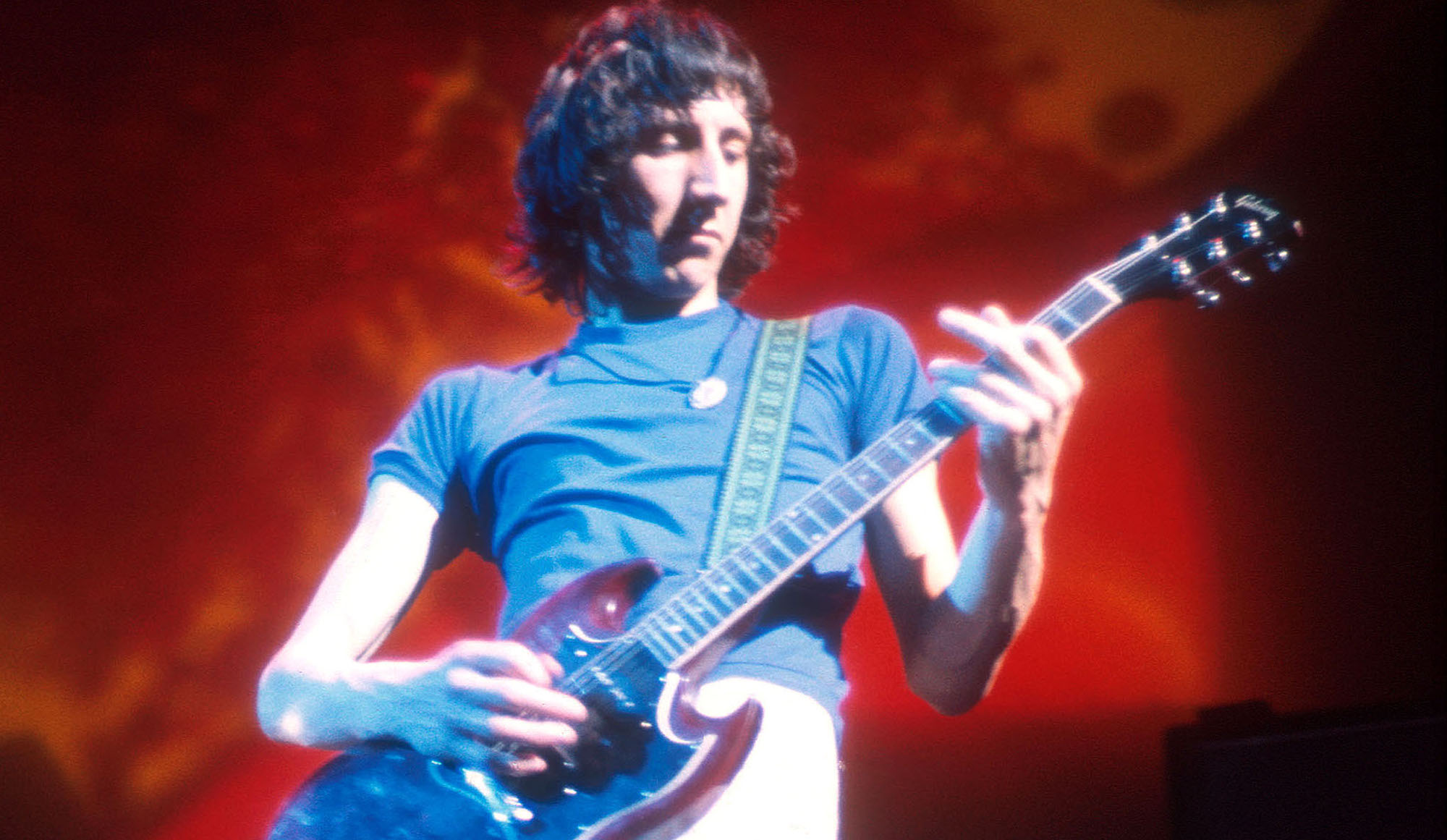
But having adopted the SG and put himself through these paces, Townshend found himself in trouble when Gibson changed the SG’s design in the early 1970s. By the time of his 1972 interview with Guitar Player, Gibson’s owner, Norlin, has begun introducing variations on the SG and reintroduced the Special as the SG Pro, with a join at the 18th neck, and the bridge pickup moved closer to the bridge, among other controversial design changes.
It didn't pass muster with Townshend.
“That thing I do with the neck — bending it back to stretch the strings as the chord rings — you don't need any strength to make the whole guitar bend, because it's made out of such a lightweight wood. But the factory stopped making those particular SGs.”
They took the old SG off the market like about a year ago, so we used up every old SG in the country.”
— Pete Townshend
Townshend asked Gibson to make him custom SGs for the Who’s Next tour in 1971, but he was unhappy with what he received. “We had four of them made for the beginning of the tour. They brought them up to us but the guitars were totally different. The pickups were in a different position, and on and on, so we said, ‘Forget it.’”
In desperation, Townshend put out a call to find SGs made between 1966 and 1970.
“They took the old SG off the market like about a year ago, so we used up every old SG in the country. I raided every music store in the country practically, looking for old SGs.”
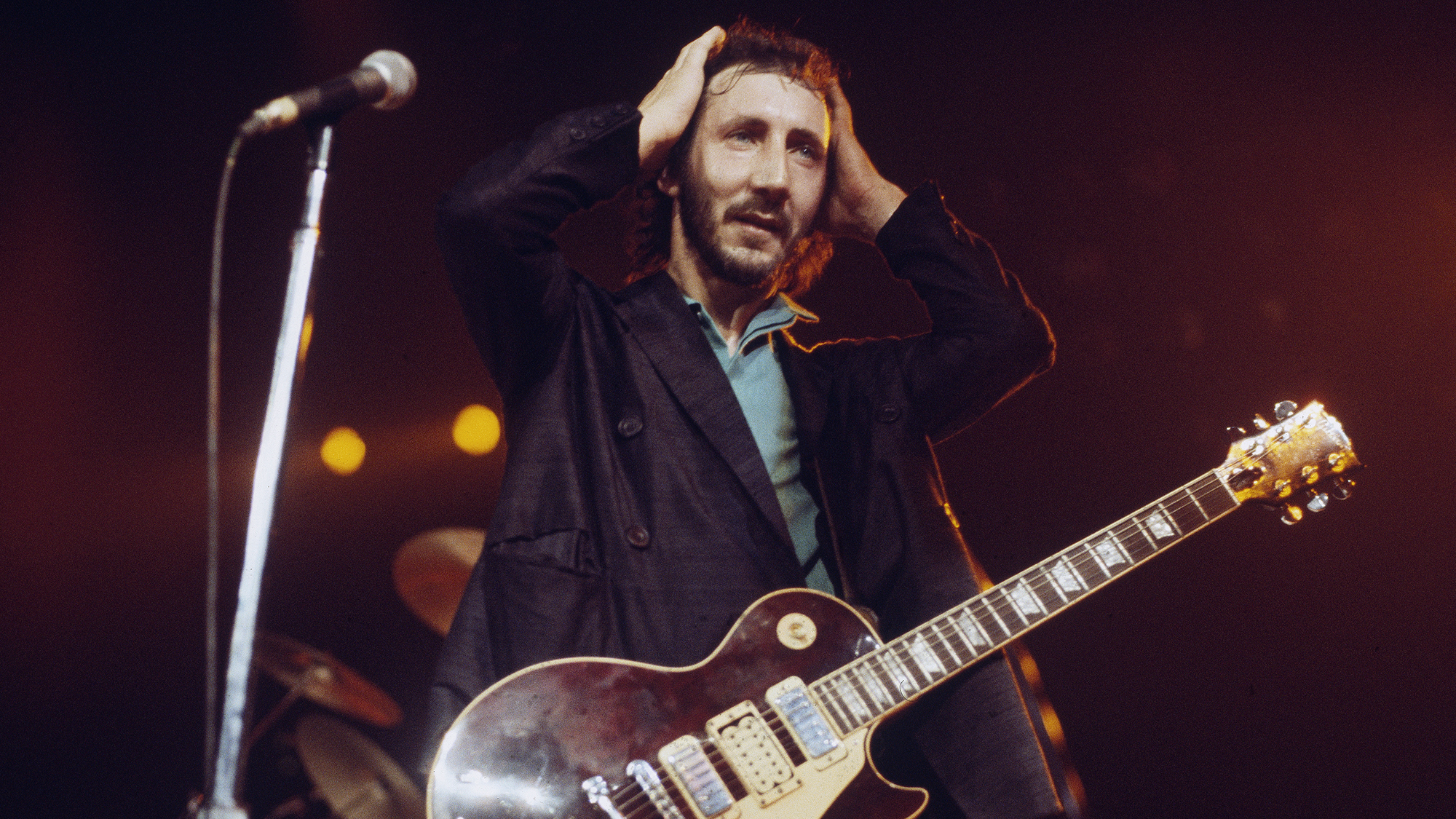
He eventually gave up. Townshend reportedly last used a red-finished SG Special of his preferred vintage at the Who’s gig in Paris on September 9, 1972, and began playing pre-1965 Specials in Polaris White. At the time of his Guitar Player interview, he was making the move to the Les Paul Deluxe and working on ideas for modifying its pickups.
“My favorite guitar now for the stage is the Les Paul Deluxe with the small Epiphone pickups that you can buy on the shelf for $50,” he said. “They're like a humbucking, but they're small, like what you have on Epiphones, and they're really loud. I like those. I think that's what I'll probably end up using. Either that or I quite like those Dan Armstrong pickups.”
Christopher Scapelliti is editor-in-chief of GuitarPlayer.com and the former editor of Guitar Player, the world’s longest-running guitar magazine, founded in 1967. In his extensive career, he has authored in-depth interviews with such guitarists as Pete Townshend, Slash, Billy Corgan, Jack White, Elvis Costello and Todd Rundgren, and audio professionals including Beatles engineers Geoff Emerick and Ken Scott. He is the co-author of Guitar Aficionado: The Collections: The Most Famous, Rare, and Valuable Guitars in the World, a founding editor of Guitar Aficionado magazine, and a former editor with Guitar World, Guitar for the Practicing Musician and Maximum Guitar. Apart from guitars, he maintains a collection of more than 30 vintage analog synthesizers.
